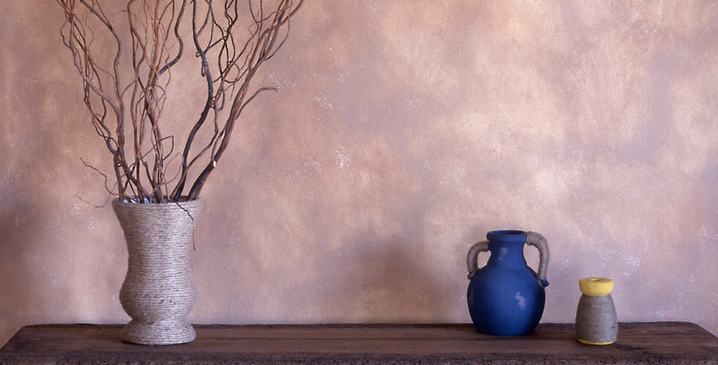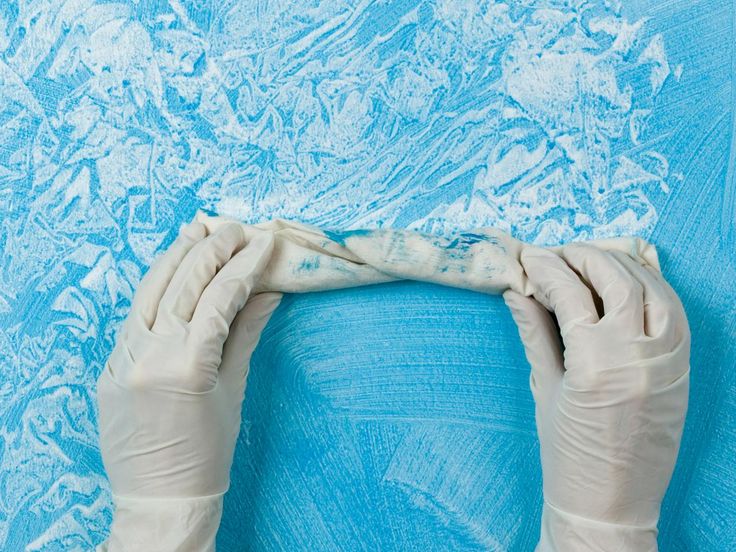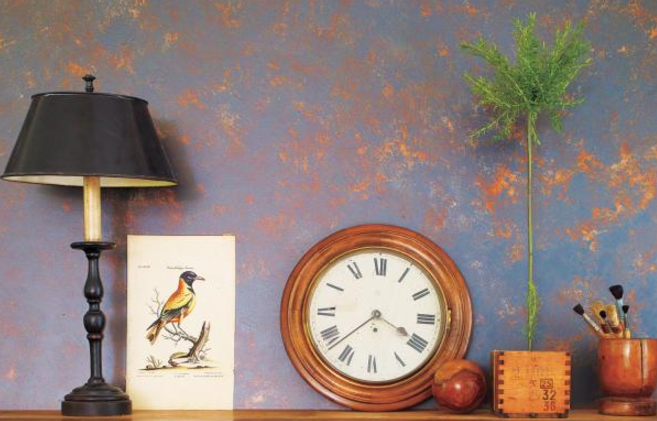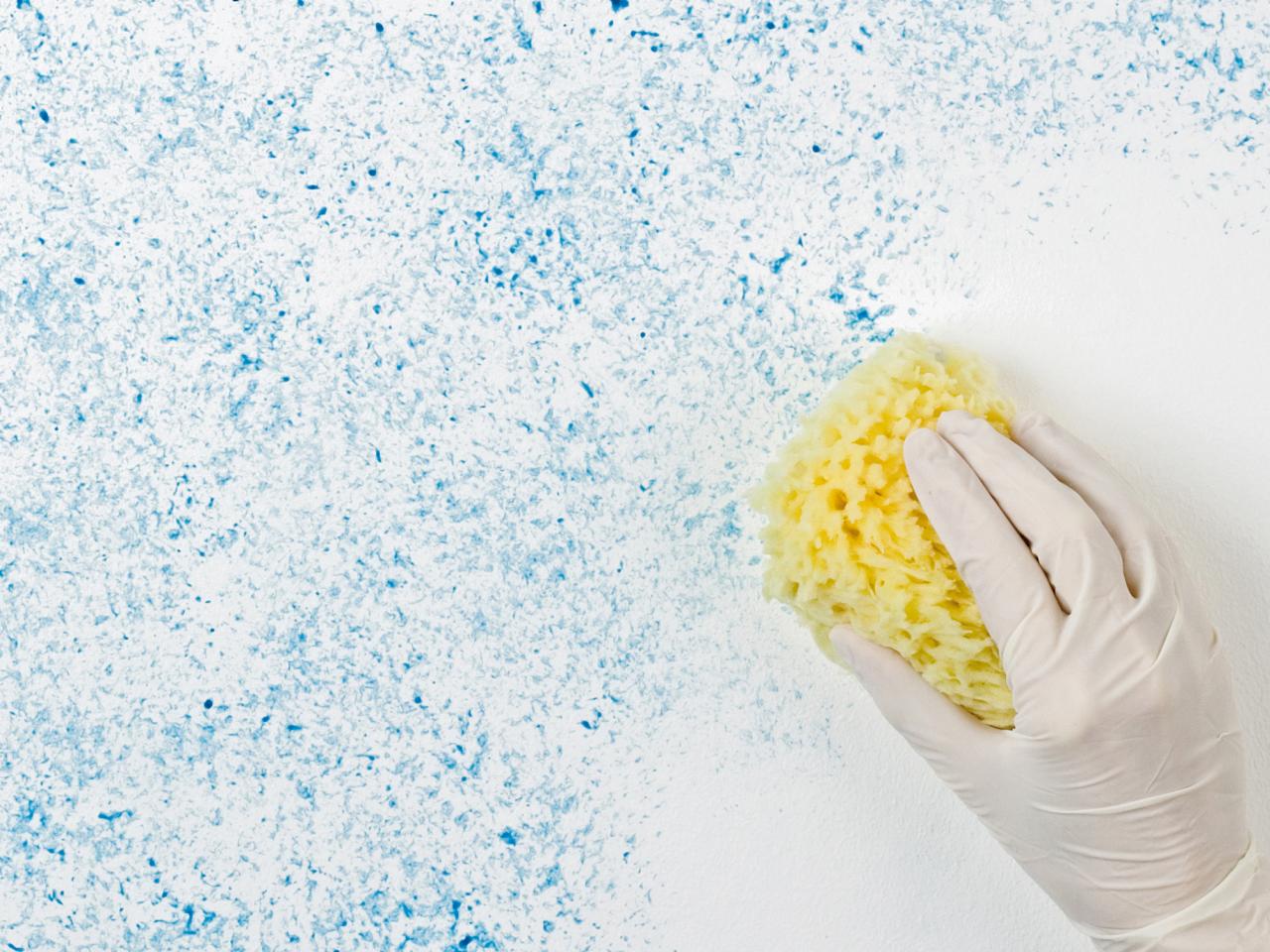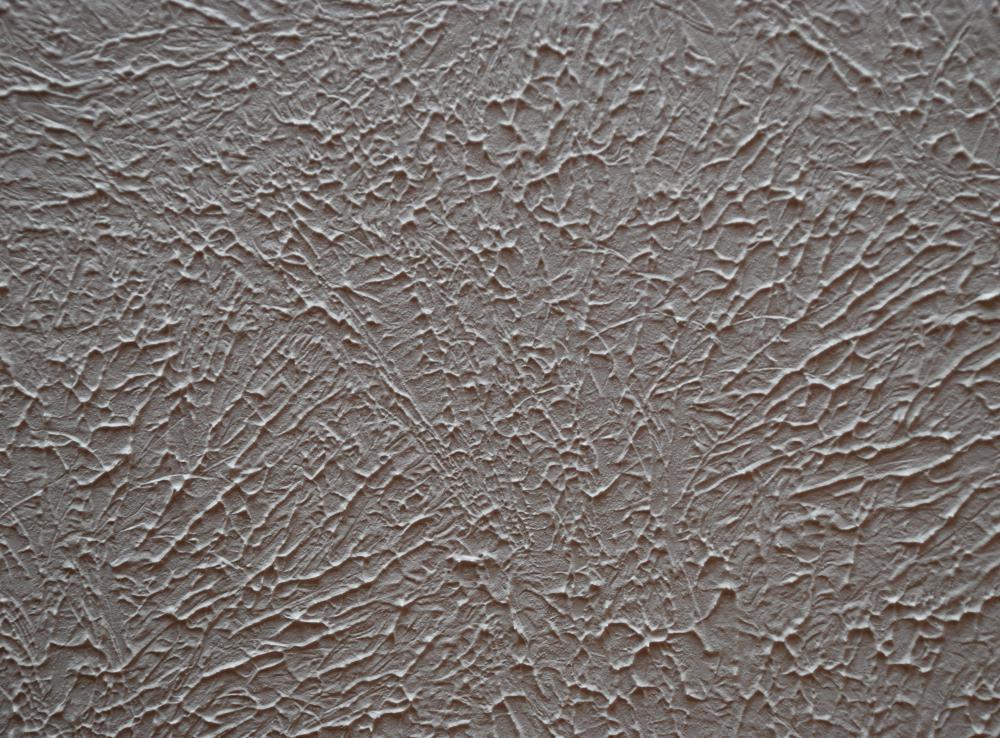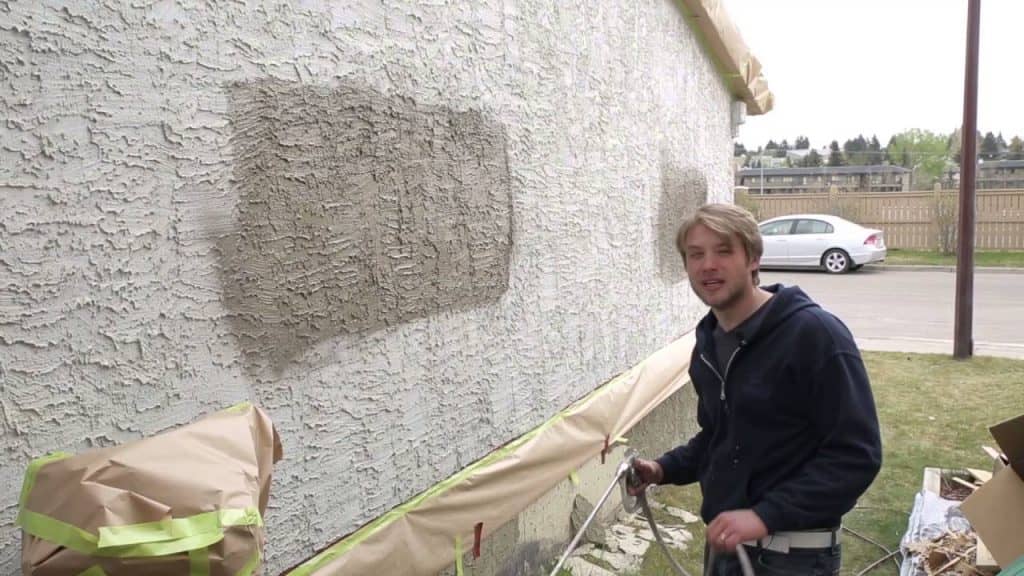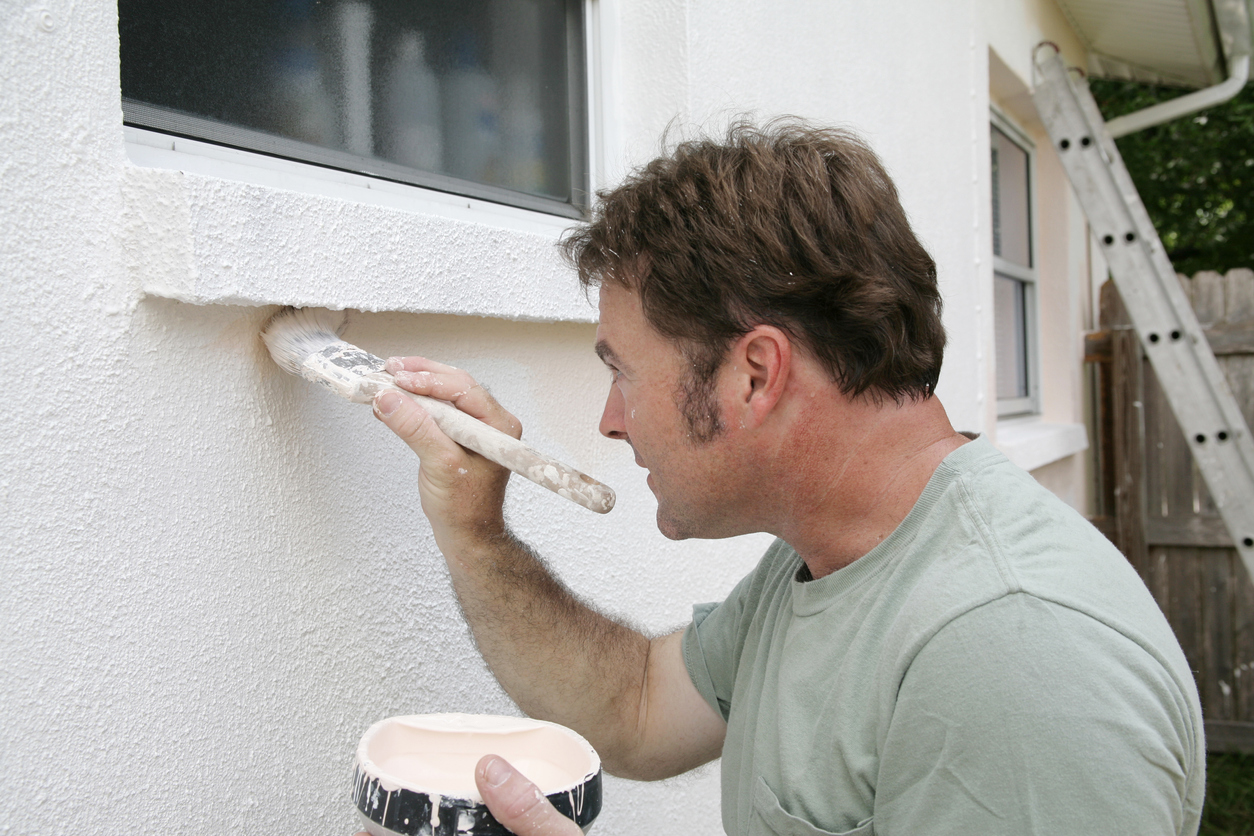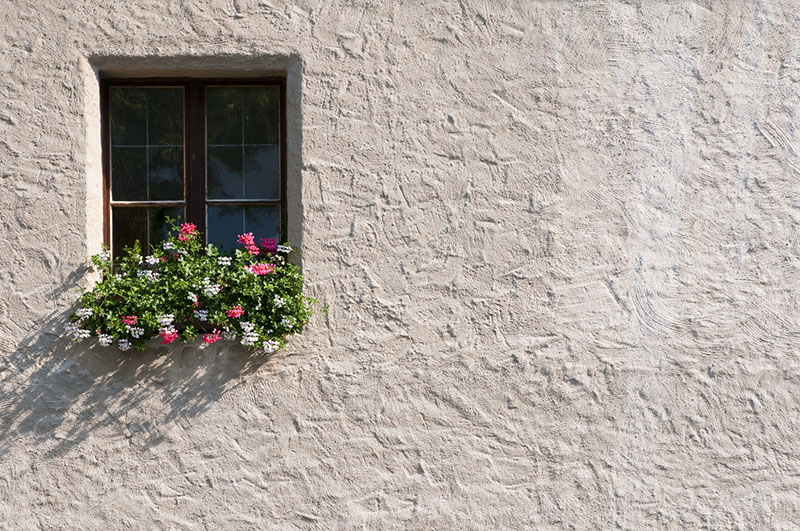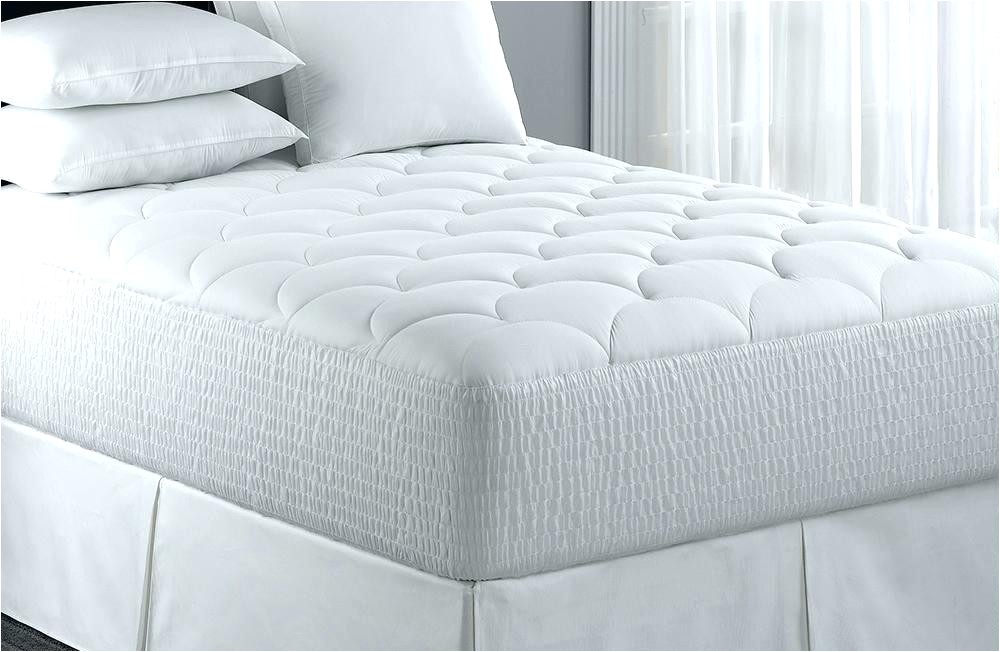Faux Finish Painting Techniques for Living Rooms
If you want to add a touch of elegance and sophistication to your living room, consider using faux finish painting techniques. This technique involves creating the appearance of a different material, such as marble or wood, on your walls. With the use of faux (meaning "false" in French) finishes, you can transform your walls into works of art.
There are several different faux finish techniques that you can use in your living room. One popular option is marbling, which mimics the look of real marble. This technique involves layering different shades of paint and using special tools to create the appearance of veins and texture found in marble. Not only does this add a luxurious touch to your living room, but it also adds depth and dimension to the walls.
Another popular faux finish technique is wood graining, which creates the look of wood on your walls. This is a great option for those who want to add a rustic, natural feel to their living room. With the use of different brushes and techniques, you can achieve the look of different types of wood, such as oak, cherry, or pine.
Sponge Painting Techniques for Living Rooms
If you want to add a pop of color and texture to your living room, consider using sponge painting techniques. This technique involves using a natural or synthetic sponge to apply paint to the walls, creating a unique and textured effect. It is a great option for those who want to add a playful and artistic touch to their living room.
One popular sponge painting technique is color washing, which involves using a damp sponge to apply a light layer of paint over a base coat. This creates a soft, muted effect and adds depth to the walls. Another popular option is stenciling, which involves using a sponge to apply paint through a stencil, creating a pattern or design on the walls.
Strie Painting Techniques for Living Rooms
For a more subtle and elegant look, consider using strie painting techniques in your living room. This technique involves using a dry brush to create thin, vertical lines on the walls, creating the appearance of linen or silk. It adds a touch of texture and sophistication to your living room walls.
You can achieve this look by using a dry brush technique with a striator (a special tool used for creating strie lines) or by using a dry brush to pull the paint in a downward motion, creating the lines. You can also experiment with different colors to create a unique and personalized look for your living room.
Color Washing Techniques for Living Rooms
Color washing is a versatile technique that can add depth and character to your living room walls. It involves using a thin, translucent layer of paint over a base coat, creating a soft, watery effect. This technique is perfect for creating a cozy and inviting atmosphere in your living room.
To achieve this look, you can use a variety of tools such as a brush, sponge, or rag to apply the paint. You can also experiment with different color combinations to create a unique and personalized look for your living room.
Stenciling Techniques for Living Rooms
Stenciling is a great way to add intricate and detailed designs to your living room walls. This technique involves using a stencil and a brush or sponge to apply paint, creating a pattern or design on the walls. It is a great option for those who want to add a personal touch to their living room.
There are various types of stencils available, from simple geometric designs to more intricate patterns. You can also use multiple stencils and layer them to create a more complex design. Stenciling is a great option for creating an accent wall in your living room or adding a touch of personality to a plain wall.
Ombre Painting Techniques for Living Rooms
Ombre painting techniques have become increasingly popular in recent years, and for a good reason. This technique involves blending different shades of the same color, creating a beautiful gradient effect on the walls. It is a great option for those who want to add a subtle and calming touch to their living room.
To achieve this look, you can use a variety of tools, such as a brush, roller, or sponge. You can also experiment with different colors to create a more vibrant and eye-catching ombre effect. This technique is also great for creating a focal point in your living room or drawing attention to a specific area of the room.
Rag Rolling Techniques for Living Rooms
If you want to add a unique and textured look to your living room, consider using rag rolling techniques. This technique involves using a rolled-up cloth or rag to apply paint to the walls, creating a soft and textured effect. It is a great option for those who want to add a touch of vintage charm to their living room.
To achieve this look, you can use a variety of materials, such as cheesecloth, burlap, or even an old t-shirt. You can also experiment with different colors and techniques, such as layering or blending, to create a personalized and one-of-a-kind look for your living room walls.
Sponging Techniques for Living Rooms
Sponging techniques are another great way to add texture and depth to your living room walls. This technique involves using a sponge to apply paint in a random, overlapping pattern, creating a mottled or stippled effect. It is a great option for those who want to add a touch of whimsy and creativity to their living room.
There are various sponging techniques you can use, such as stippling (dabbing the sponge onto the walls) or stamping (pressing the sponge onto the walls). You can also use different types of sponges, such as natural sea sponges or synthetic sponges, to achieve different effects.
Stippling Techniques for Living Rooms
Stippling is a fun and easy technique that can add a unique and playful touch to your living room walls. This technique involves using a brush, sponge, or even your fingers to apply paint in a series of small dots or strokes, creating a textured effect. It is a great option for those who want to add a touch of personality to their living room.
Stippling can be done with one color or multiple colors, creating a bold or subtle effect. You can also experiment with different tools and techniques, such as dry brushing (using a dry brush to create a rough, textured effect) or scumbling (using a dry brush to create a soft, hazy effect).
Stucco Painting Techniques for Living Rooms
Stucco painting techniques have been used for centuries to add texture and dimension to walls. This technique involves using a trowel or putty knife to apply a mixture of paint and joint compound to the walls, creating a rough, plaster-like finish. It is a great option for those who want to add a touch of Old World charm to their living room.
You can achieve this look by using a variety of tools, such as a trowel, putty knife, or even a plastic bag. You can also experiment with different colors and techniques, such as layering or blending, to create a unique and personalized stucco finish for your living room walls.
In conclusion, there are many different painting techniques that you can use to transform your living room walls into works of art. Whether you want to add a touch of elegance and sophistication or a playful and whimsical feel, there is a painting technique that is right for you. So, get creative and have fun with it! Your living room walls will thank you.
Different Painting Techniques to Transform Your Living Room
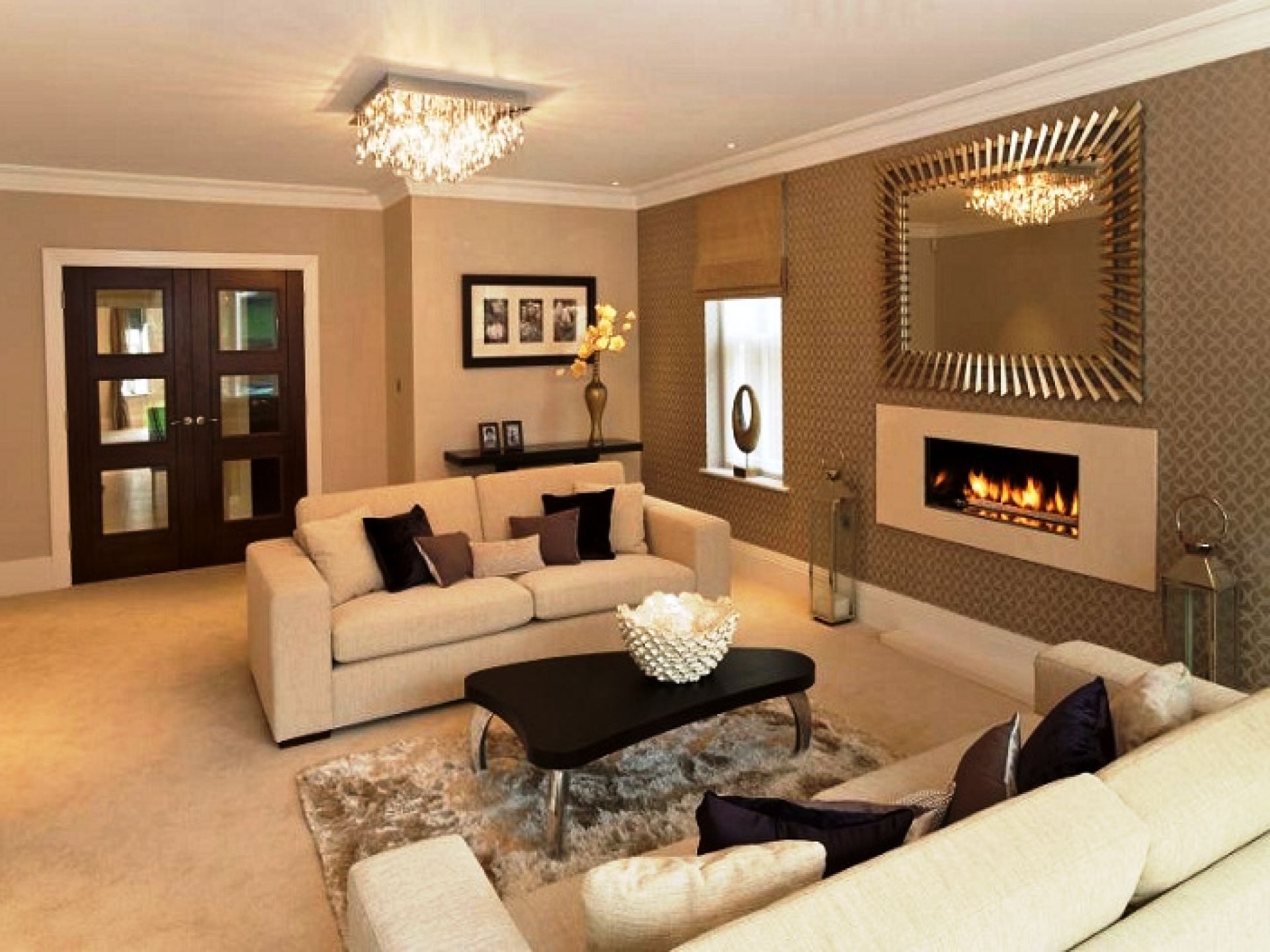
Accent Walls
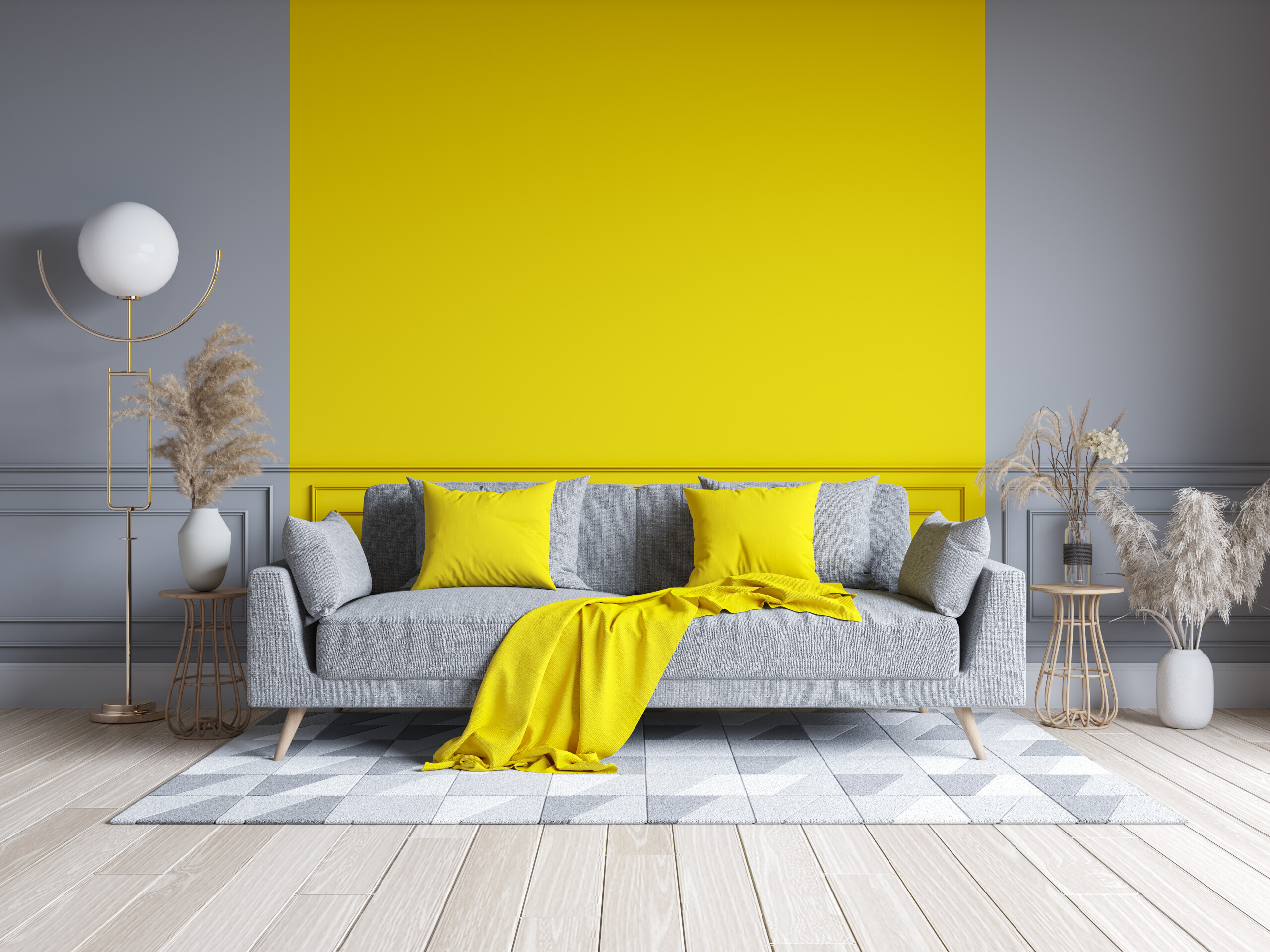 One popular painting technique for living rooms is creating an accent wall. This involves painting one wall in a bold color or pattern while leaving the remaining walls in a neutral shade. This technique adds depth and dimension to the room, making it look more visually interesting and modern. It also allows you to experiment with different colors without committing to painting the entire room.
Accent walls
can be created using various methods such as color blocking, ombre, or geometric designs, depending on your personal style and the overall design of your living room.
One popular painting technique for living rooms is creating an accent wall. This involves painting one wall in a bold color or pattern while leaving the remaining walls in a neutral shade. This technique adds depth and dimension to the room, making it look more visually interesting and modern. It also allows you to experiment with different colors without committing to painting the entire room.
Accent walls
can be created using various methods such as color blocking, ombre, or geometric designs, depending on your personal style and the overall design of your living room.
Faux Finishes
 Another way to add texture and character to your living room is by using faux finishes. These are painting techniques that mimic the look of other materials such as wood, marble, or brick. For example, you can use a faux wood grain technique to give your walls a rustic and natural look, or use a faux marble finish to add a touch of elegance and luxury to your living room. Faux finishes are a great way to add a unique touch to your living room and can be achieved using
stencils
or specialized
painting tools
.
Another way to add texture and character to your living room is by using faux finishes. These are painting techniques that mimic the look of other materials such as wood, marble, or brick. For example, you can use a faux wood grain technique to give your walls a rustic and natural look, or use a faux marble finish to add a touch of elegance and luxury to your living room. Faux finishes are a great way to add a unique touch to your living room and can be achieved using
stencils
or specialized
painting tools
.
Murals
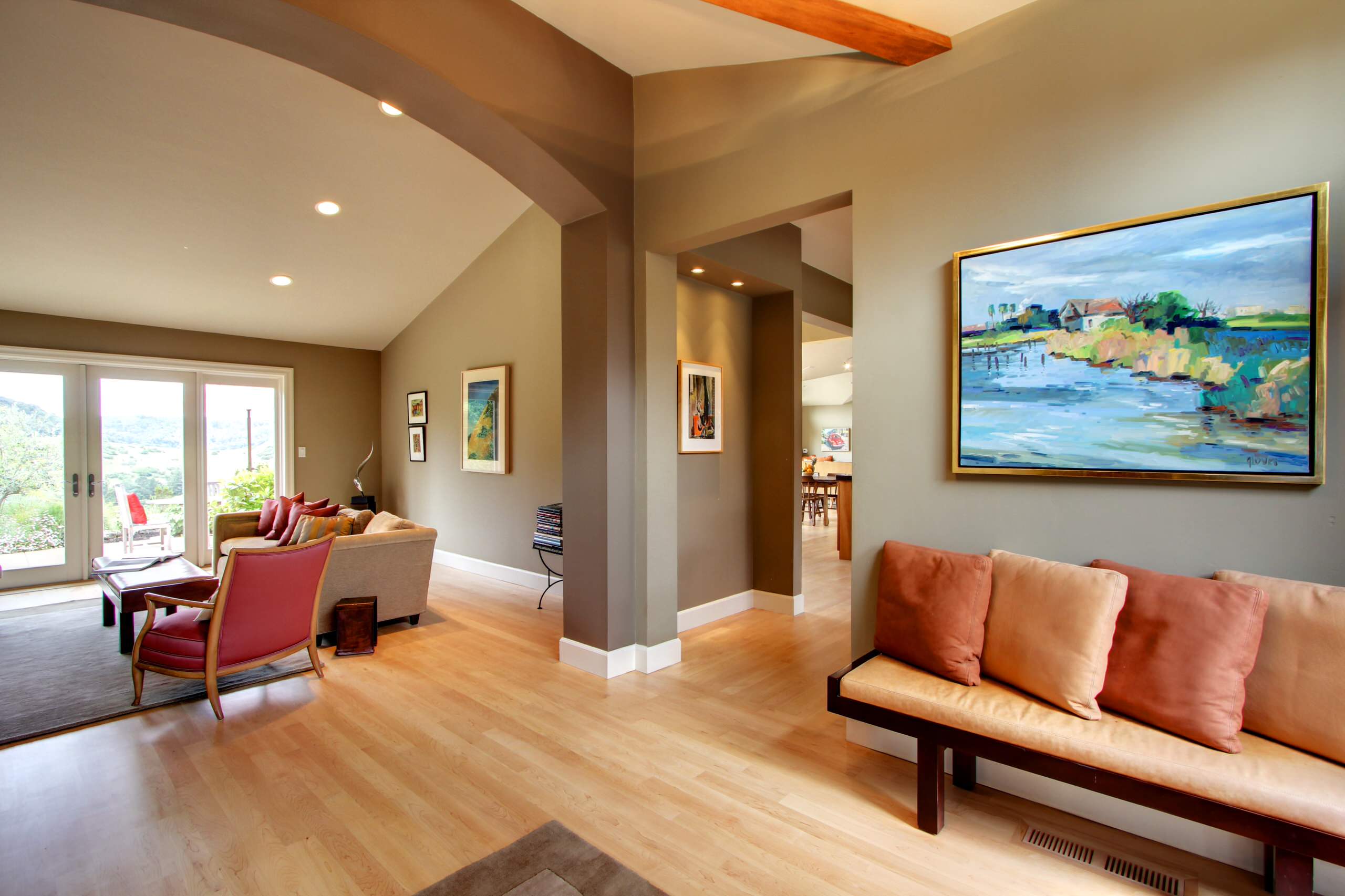 For those looking to make a bold statement in their living room,
murals
are a perfect option. These are large-scale paintings that cover an entire wall or a portion of it and can range from simple designs to intricate and detailed scenes. Murals are a great way to add a pop of color and personality to your living room and can be customized to fit your specific style and taste. You can hire a professional artist to create a one-of-a-kind mural or use
stencils
or
wall decals
for a more budget-friendly option.
For those looking to make a bold statement in their living room,
murals
are a perfect option. These are large-scale paintings that cover an entire wall or a portion of it and can range from simple designs to intricate and detailed scenes. Murals are a great way to add a pop of color and personality to your living room and can be customized to fit your specific style and taste. You can hire a professional artist to create a one-of-a-kind mural or use
stencils
or
wall decals
for a more budget-friendly option.
Stripes
 If you want to add a touch of sophistication and visual interest to your living room, consider painting stripes on your walls. This technique involves using
painter's tape
to create evenly spaced lines of different widths and painting in between them. Stripes can be vertical, horizontal, or even diagonal, and can be used to create a
feature wall
or to add a subtle touch of pattern to the entire room. They can also be combined with other painting techniques such as color blocking or ombre for a more unique and modern look.
In conclusion, there are various painting techniques that can be used to transform your living room and give it a fresh and updated look. Whether you opt for an accent wall, faux finishes, murals, or stripes, be sure to choose colors and designs that complement your overall house design. With a little creativity and some
painting supplies
, you can easily turn your living room into a beautiful and inviting space.
If you want to add a touch of sophistication and visual interest to your living room, consider painting stripes on your walls. This technique involves using
painter's tape
to create evenly spaced lines of different widths and painting in between them. Stripes can be vertical, horizontal, or even diagonal, and can be used to create a
feature wall
or to add a subtle touch of pattern to the entire room. They can also be combined with other painting techniques such as color blocking or ombre for a more unique and modern look.
In conclusion, there are various painting techniques that can be used to transform your living room and give it a fresh and updated look. Whether you opt for an accent wall, faux finishes, murals, or stripes, be sure to choose colors and designs that complement your overall house design. With a little creativity and some
painting supplies
, you can easily turn your living room into a beautiful and inviting space.

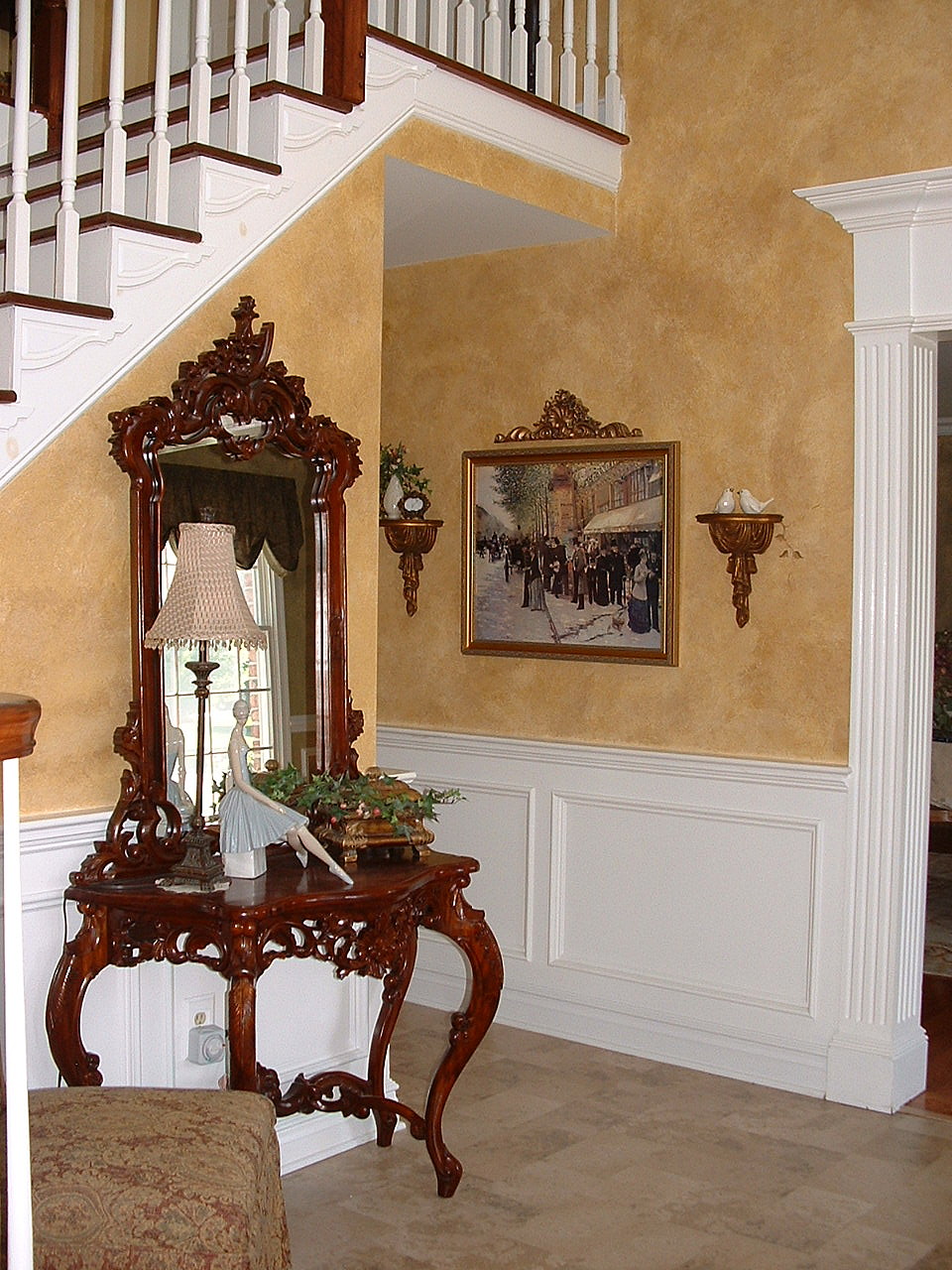



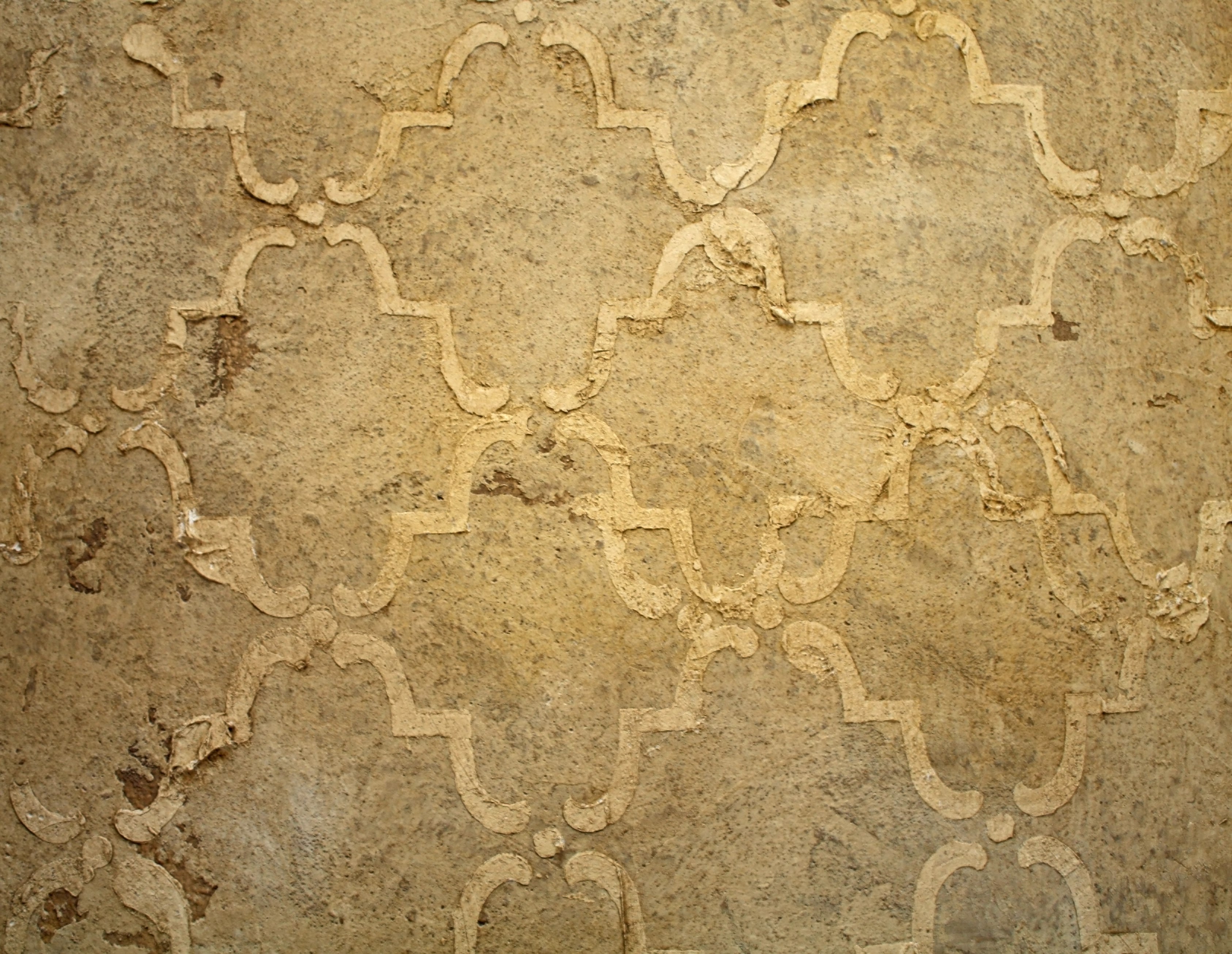








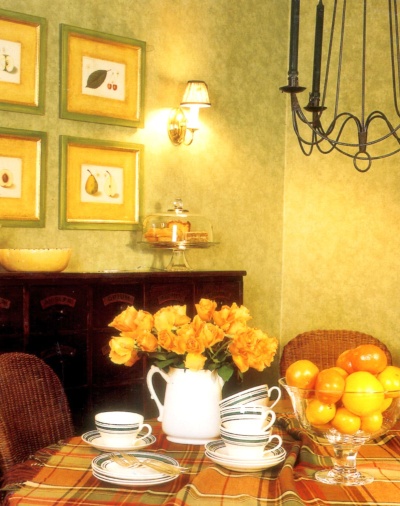

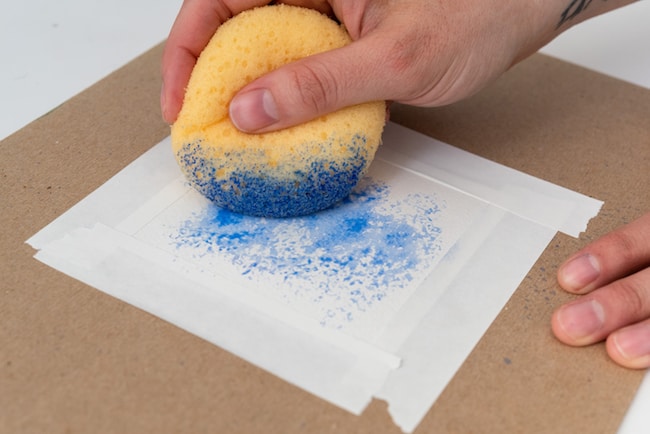

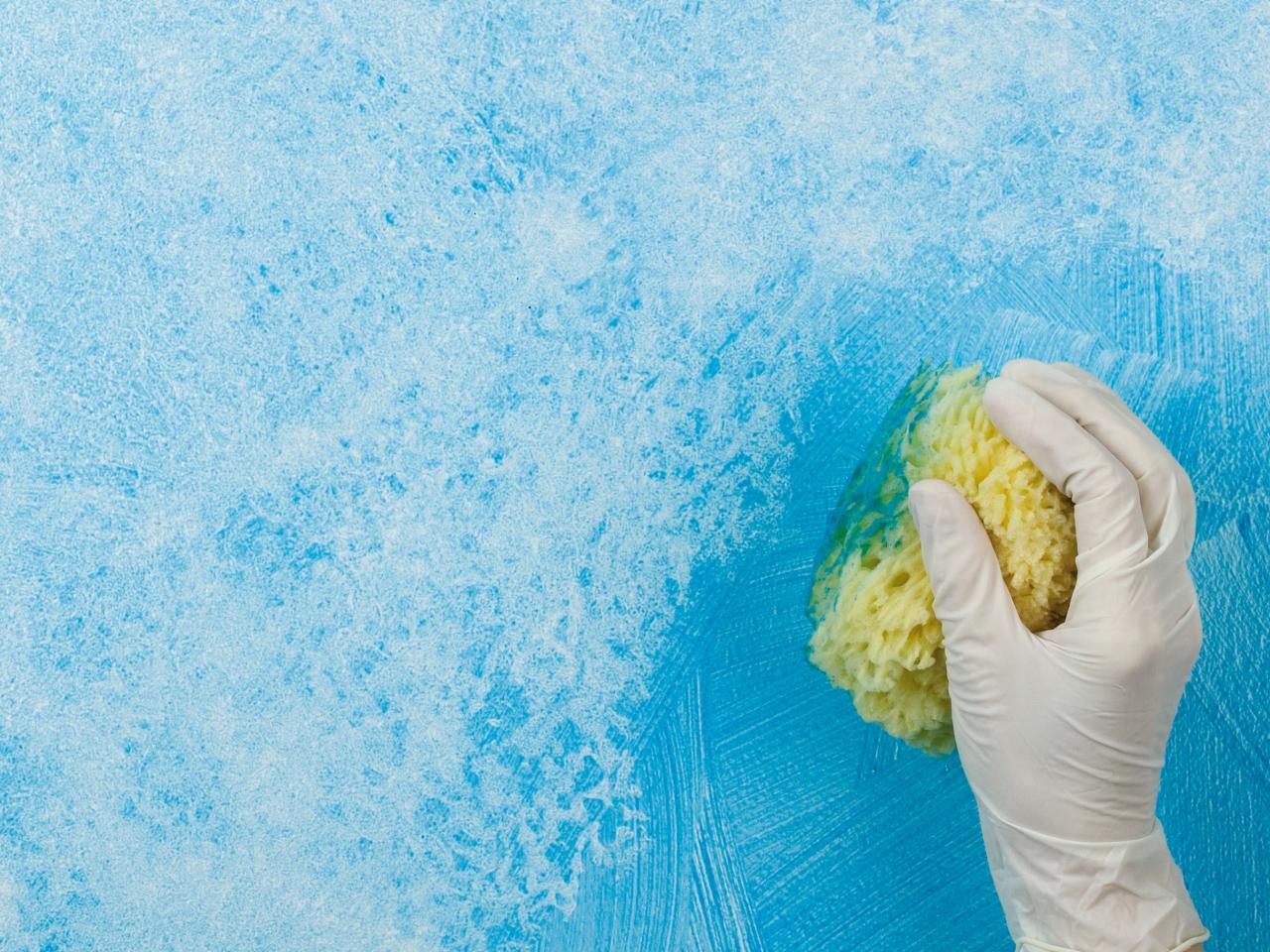








/cdn.vox-cdn.com/uploads/chorus_image/image/65891620/strie_x.7.jpg)



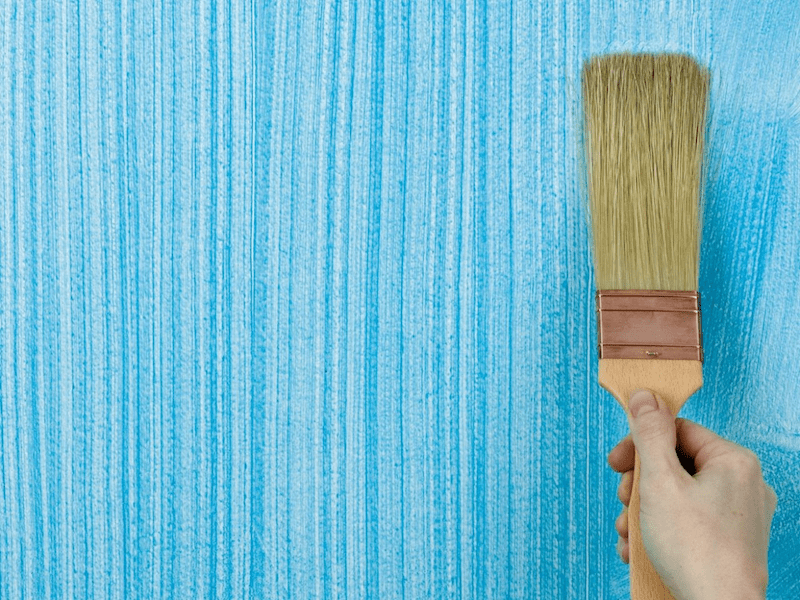


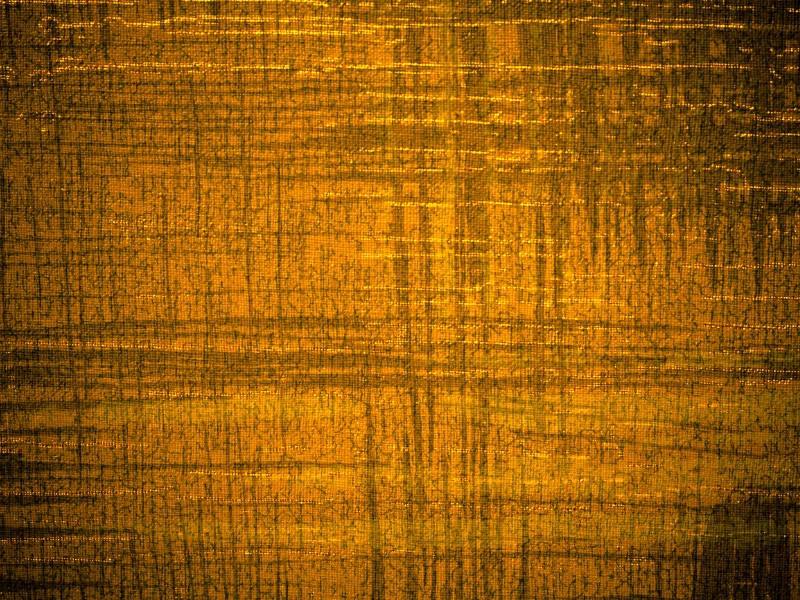








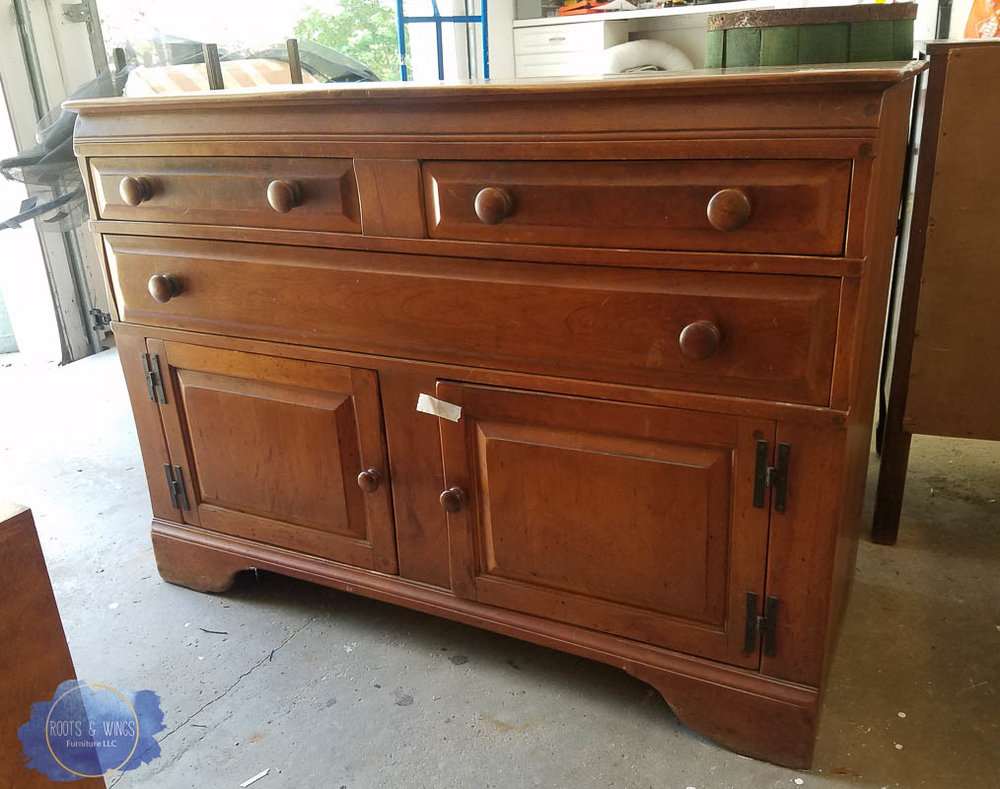












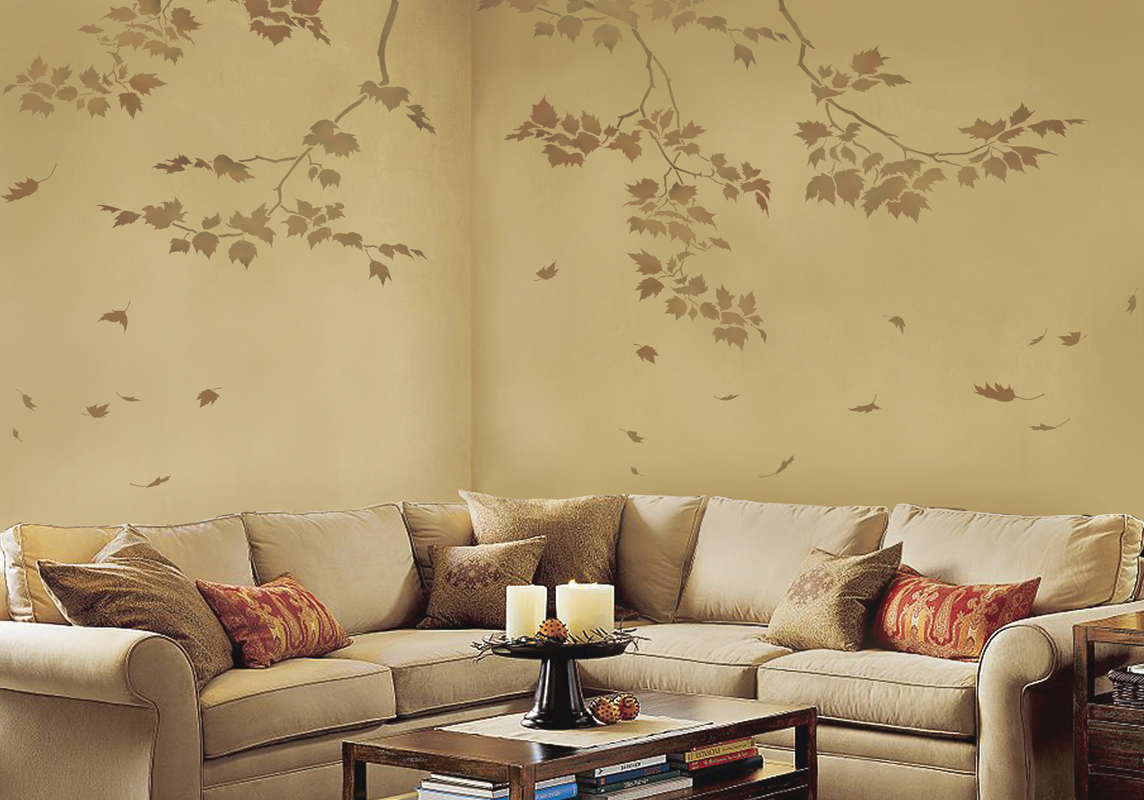









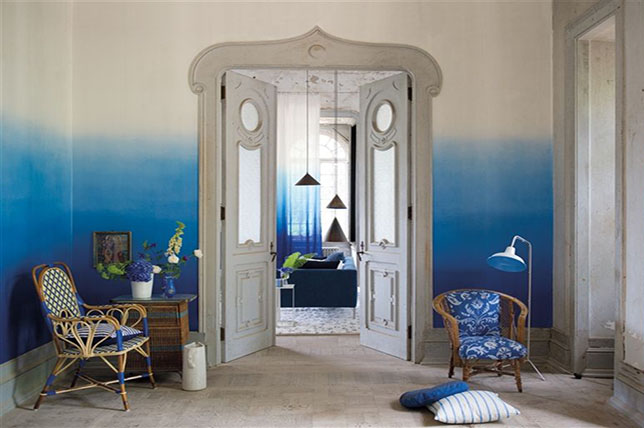






:max_bytes(150000):strip_icc()/Rag_roll-5b46a2fcc9e77c003783b12e.jpg)


